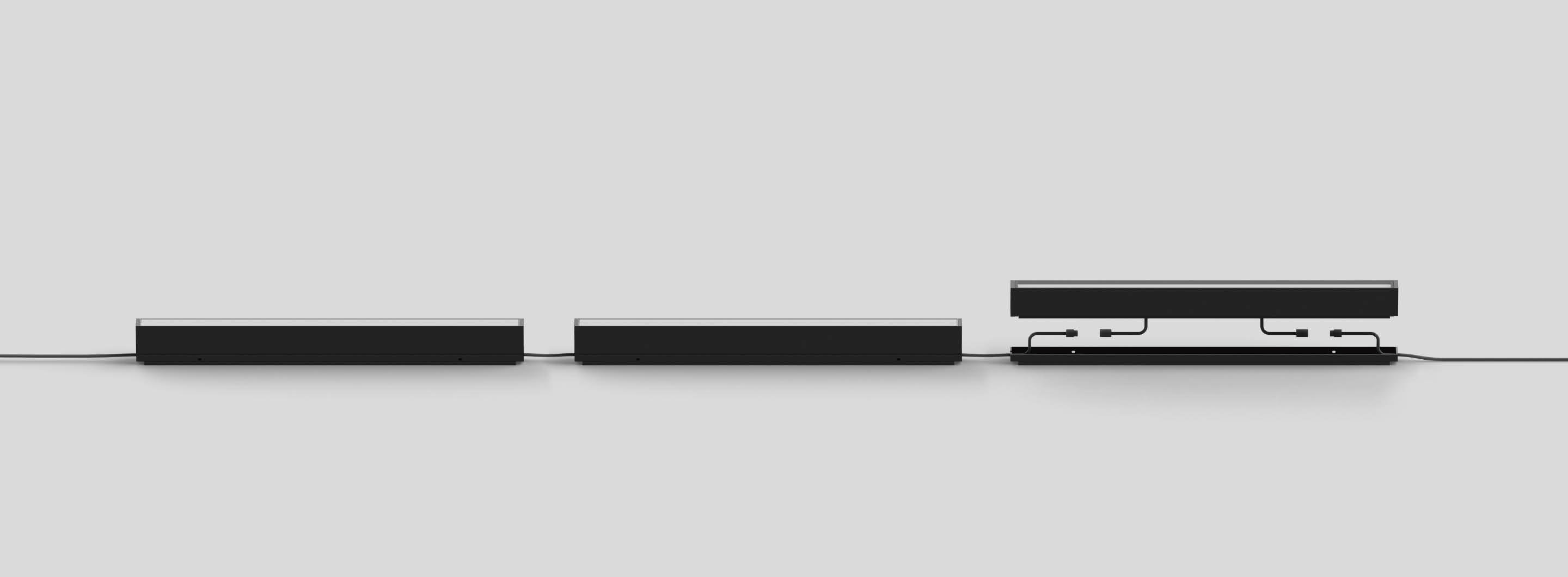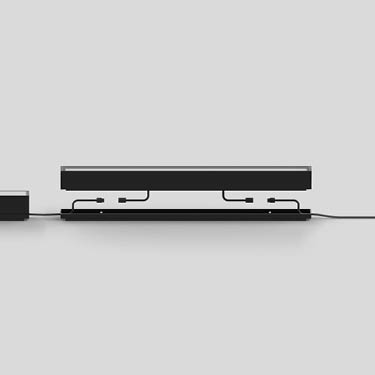In Intro to Façade Lighting, dive headfirst into these versatile luminaires and learn about the various distribution types, discover setback and spacing examples, and explore mounting options.
Distribution types
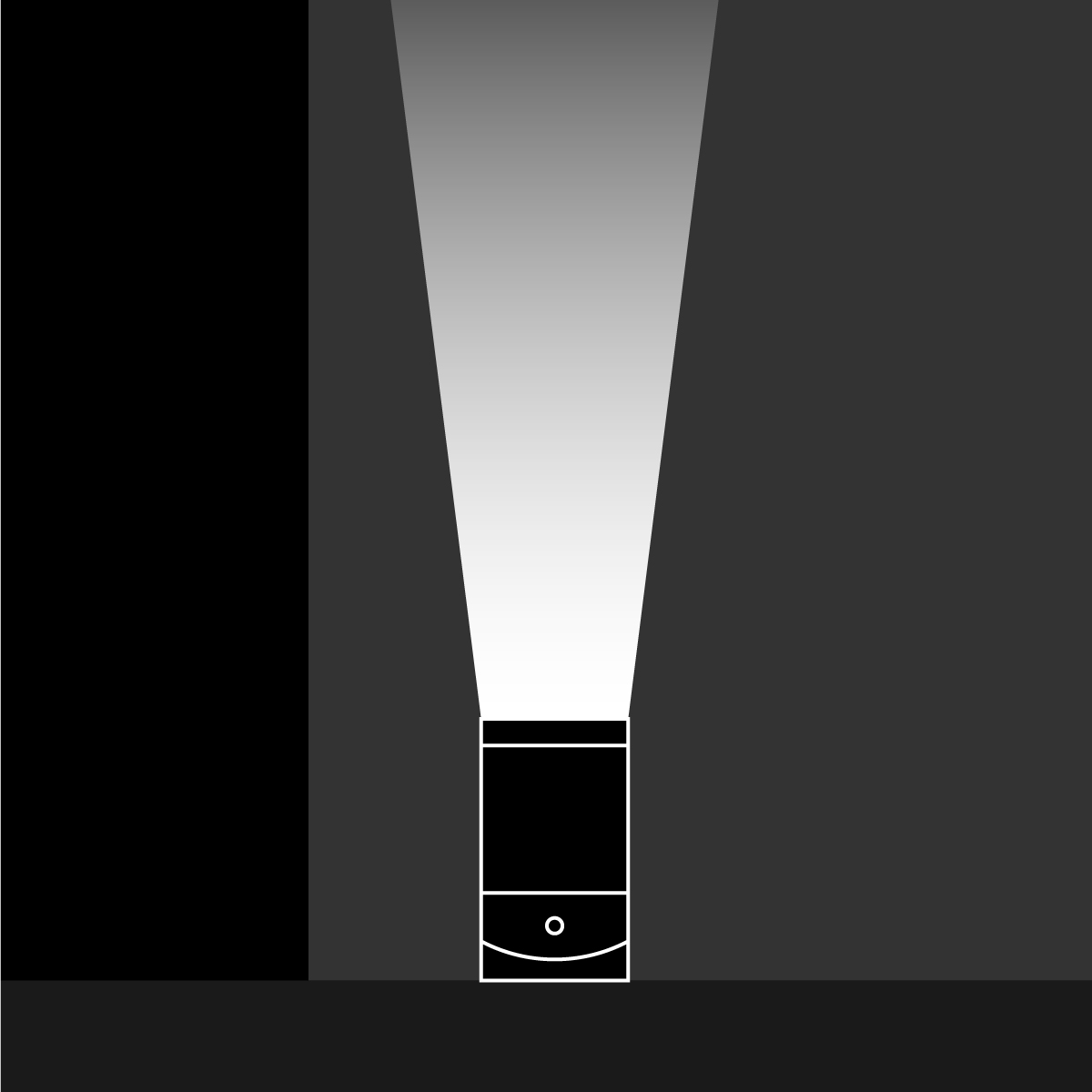
Narrow
A narrow distribution is ideal for grazing when the luminaire will be mounted 18” or less from the surface it is intended to illuminate. This is the best distribution for very tall facades or walls.
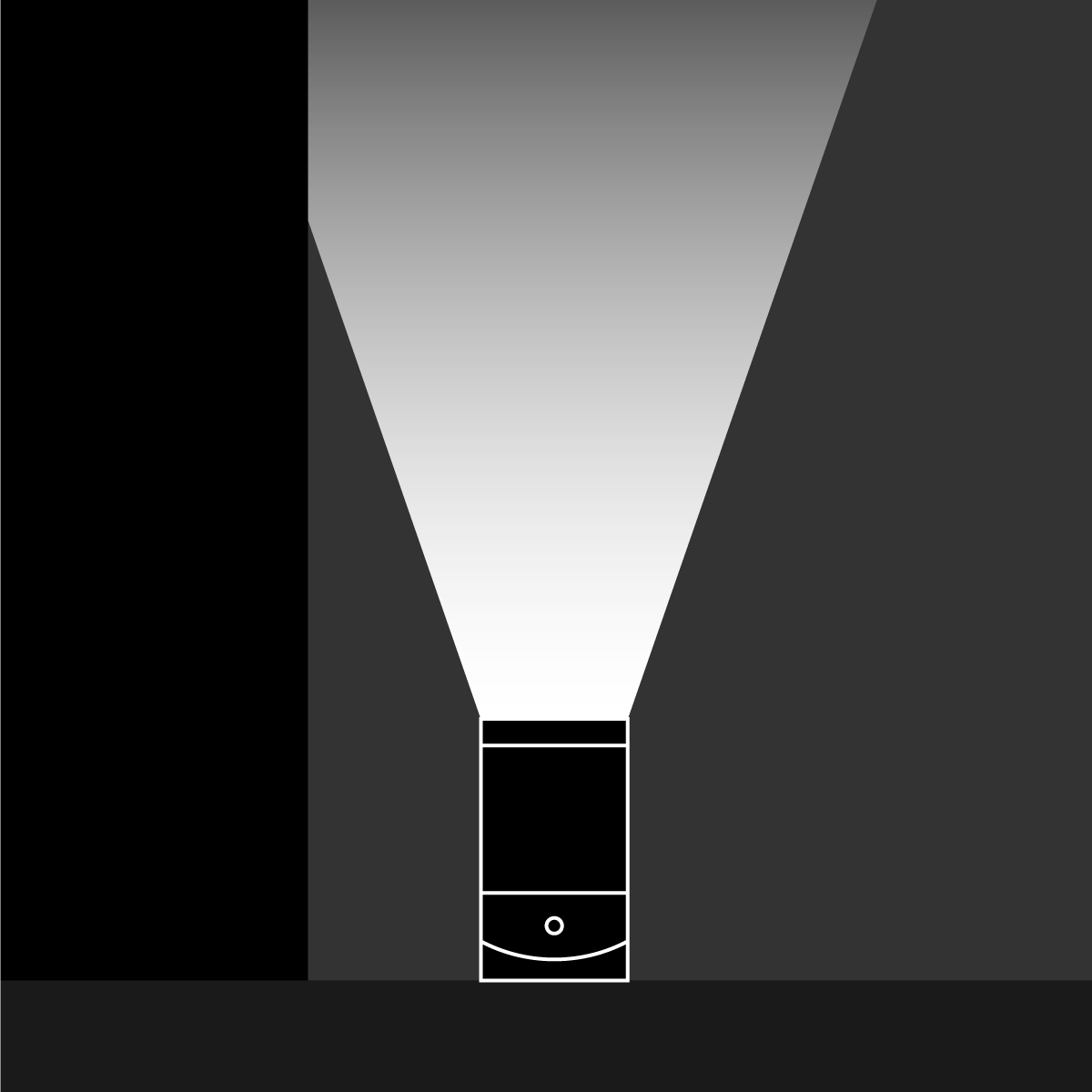
Wide
Wide beam distributions should be chosen when the luminaire will be mounted more than 18” away from the illuminated surface.

Asymmetric
An asymmetric distribution is ideal to accentuate an element at the furthest setback from the wall. This is best for shorter walls and features rather than very tall facades.
Wall grazing vs wall washing
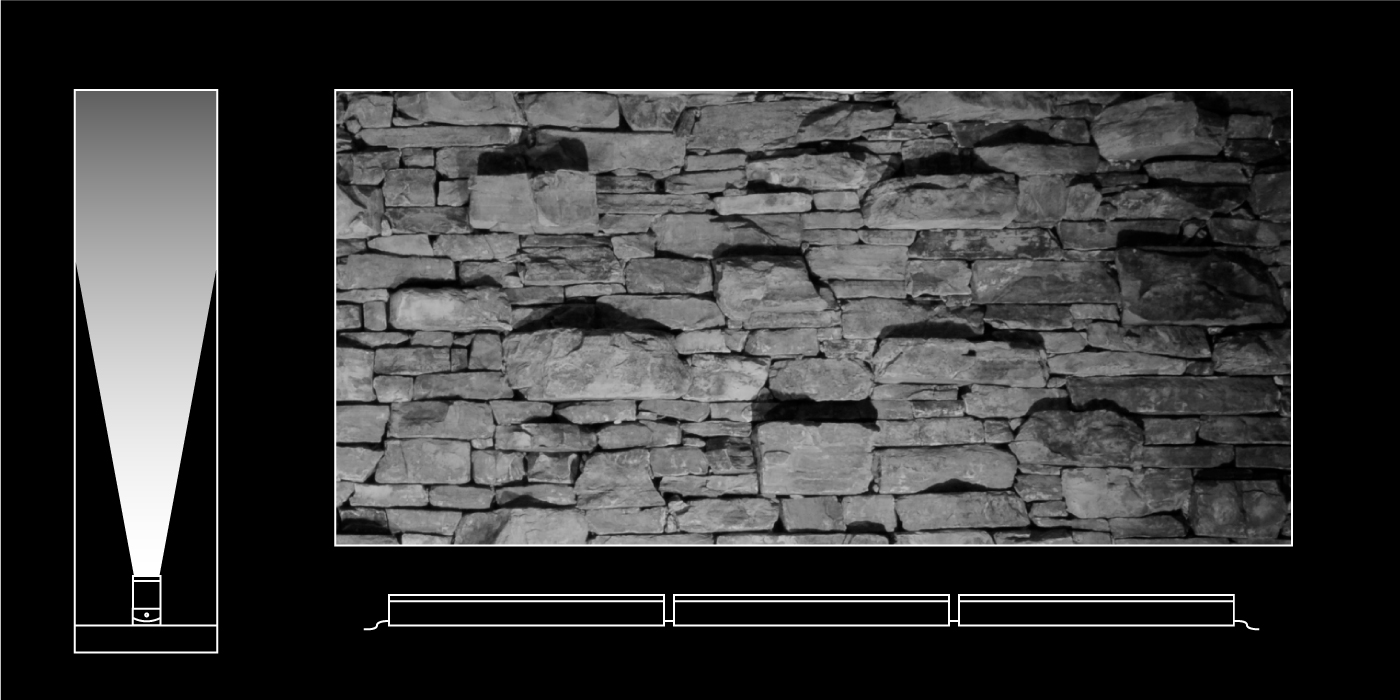
Wall grazing
To accent the unique texture of a surface, such as an uneven stone façade, a grazing technique would be used utilizing a narrow beam angle.
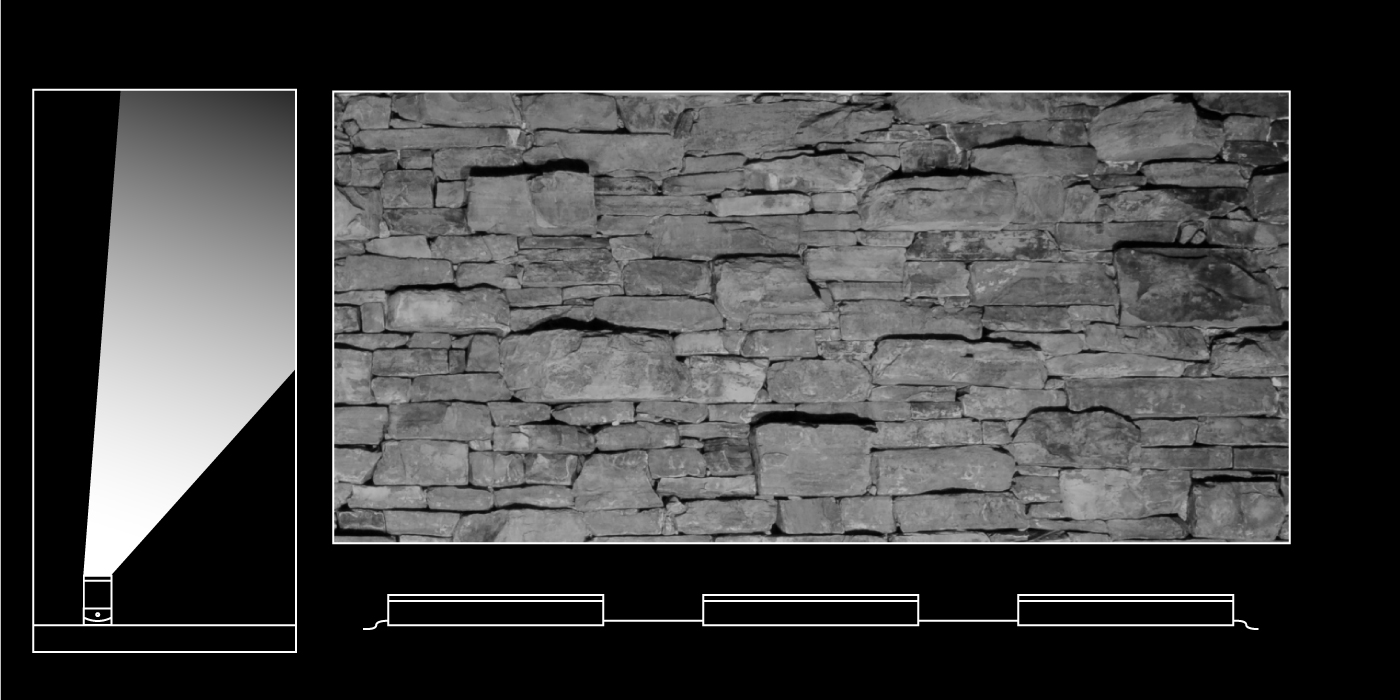
Wall washing
To more evenly illuminate the surface of a façade, a washing technique would be used with a wide or asymmetric beam angle because it creates a more uniform distribution and does not bring out texture or details.
Optimized setback & spacing
Four test walls are shown below to illustrate the optimal spacing (using BEGA standard length jumper cables) and setback for each distribution type. The following examples reveal the average illuminance on the wall, demonstrating achieved light levels, and the average to minimum ratio, demonstrating uniformity.
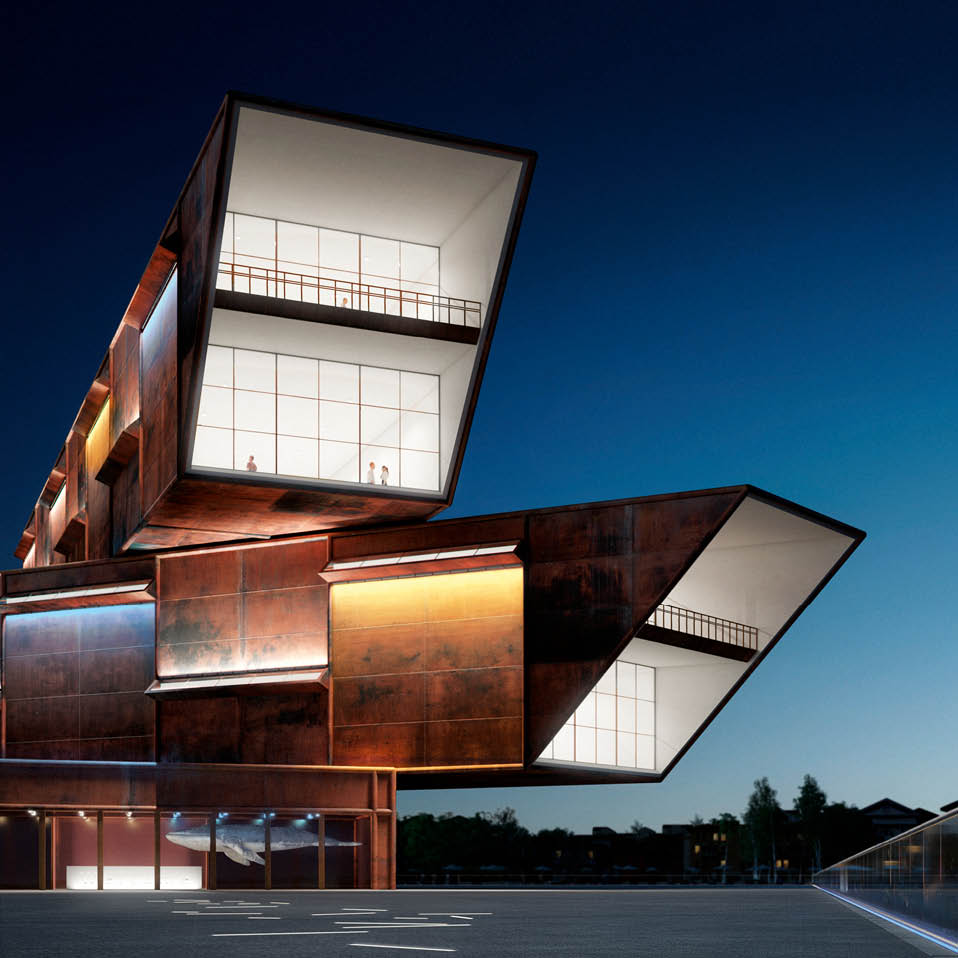
Narrow beam "Grazer"
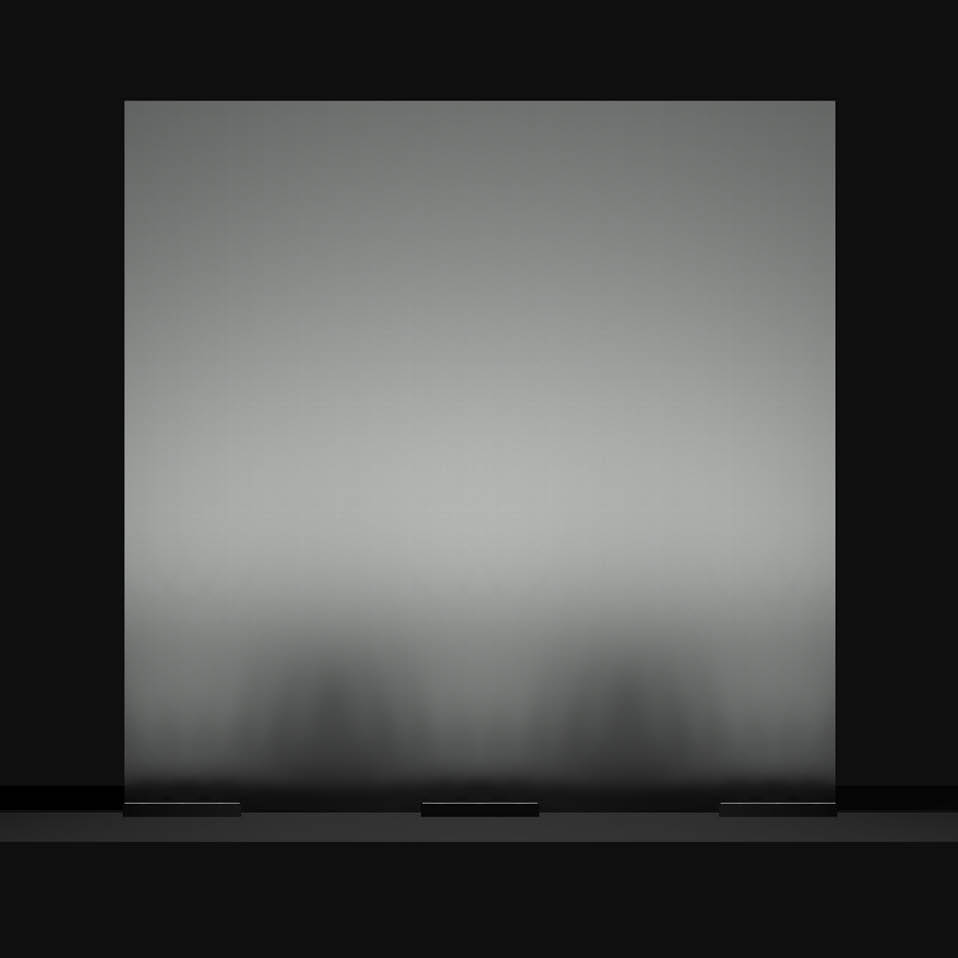
20' Wall
• Setback: 1.5' from wall
• Spacing: 5.0' jumper cable
• Average Illuminance: 4.6 Fc
• Max/Min Ratio: 6.9 : 1
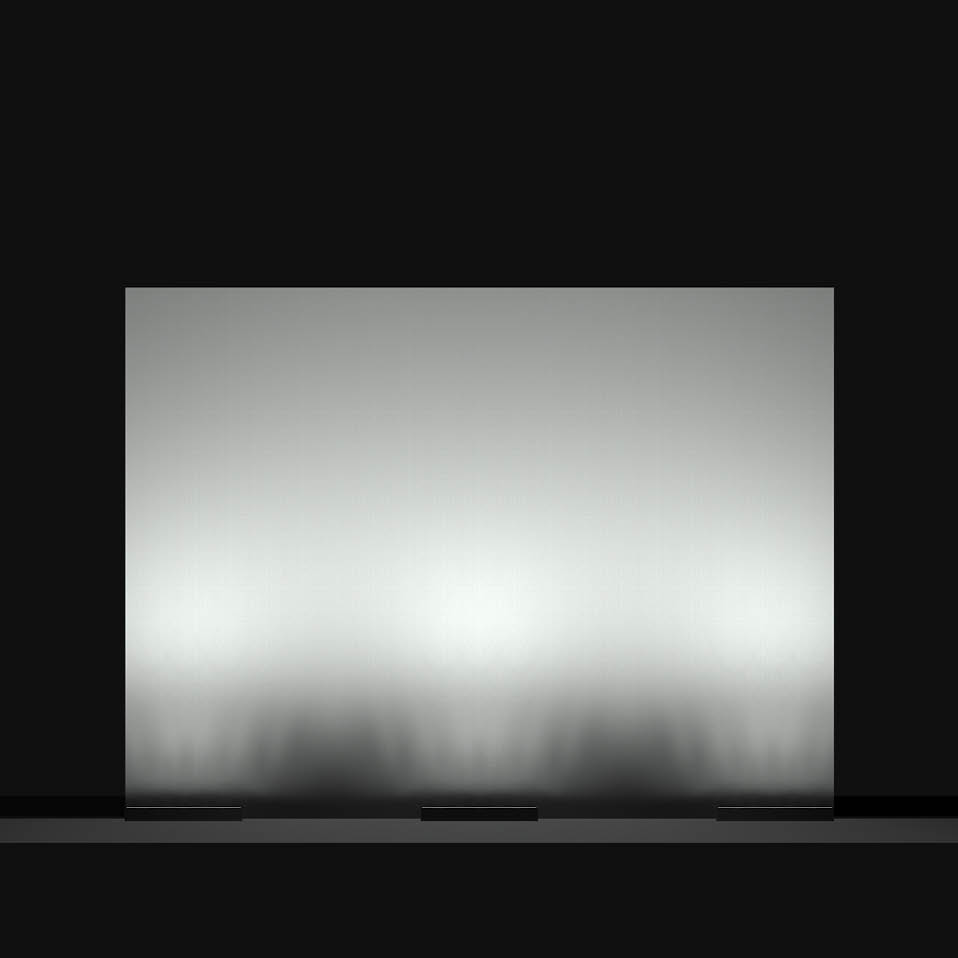
15' Wall
• Setback: 1.0' from wall
• Spacing: 5.0' jumper cable
• Average Illuminance: 7.4 Fc
• Max/Min Ratio: 4.8 : 1
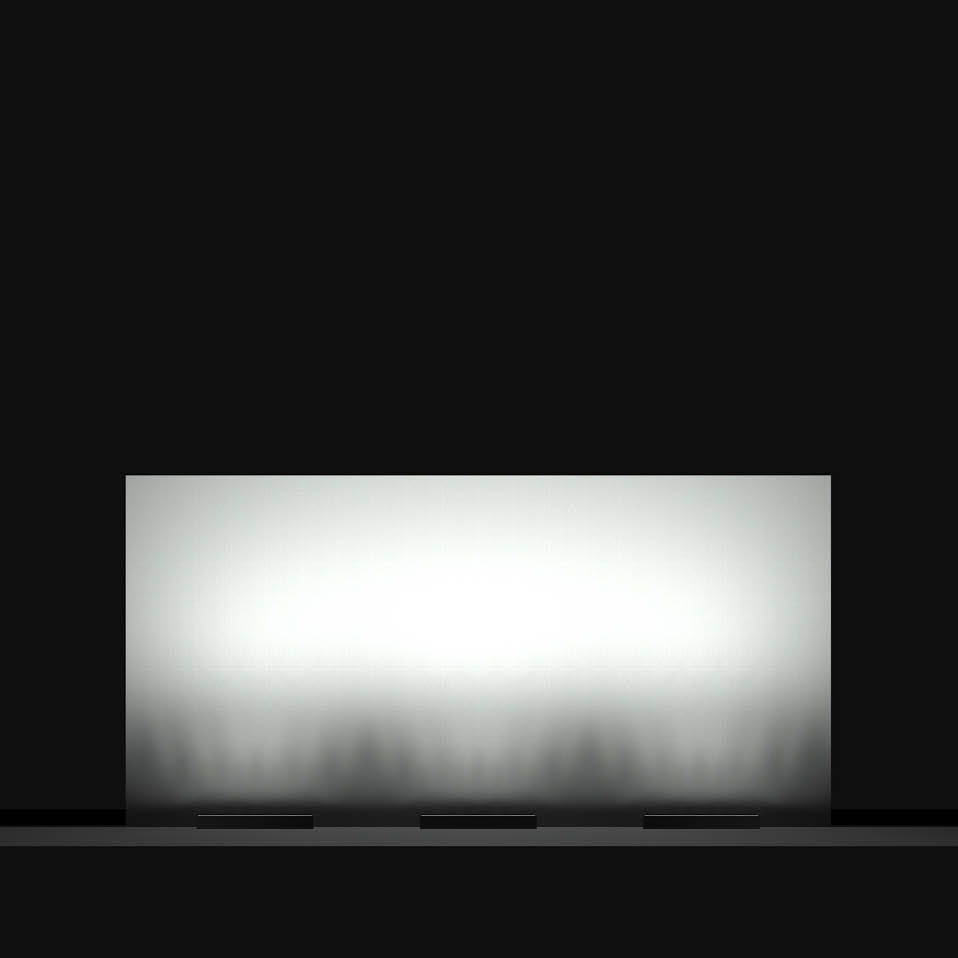
10' Wall
• Setback: 1.0' from wall
• Spacing: 3.0' jumper cable
• Average Illuminance: 9.8 Fc
• Max/Min Ratio: 8.6 : 1
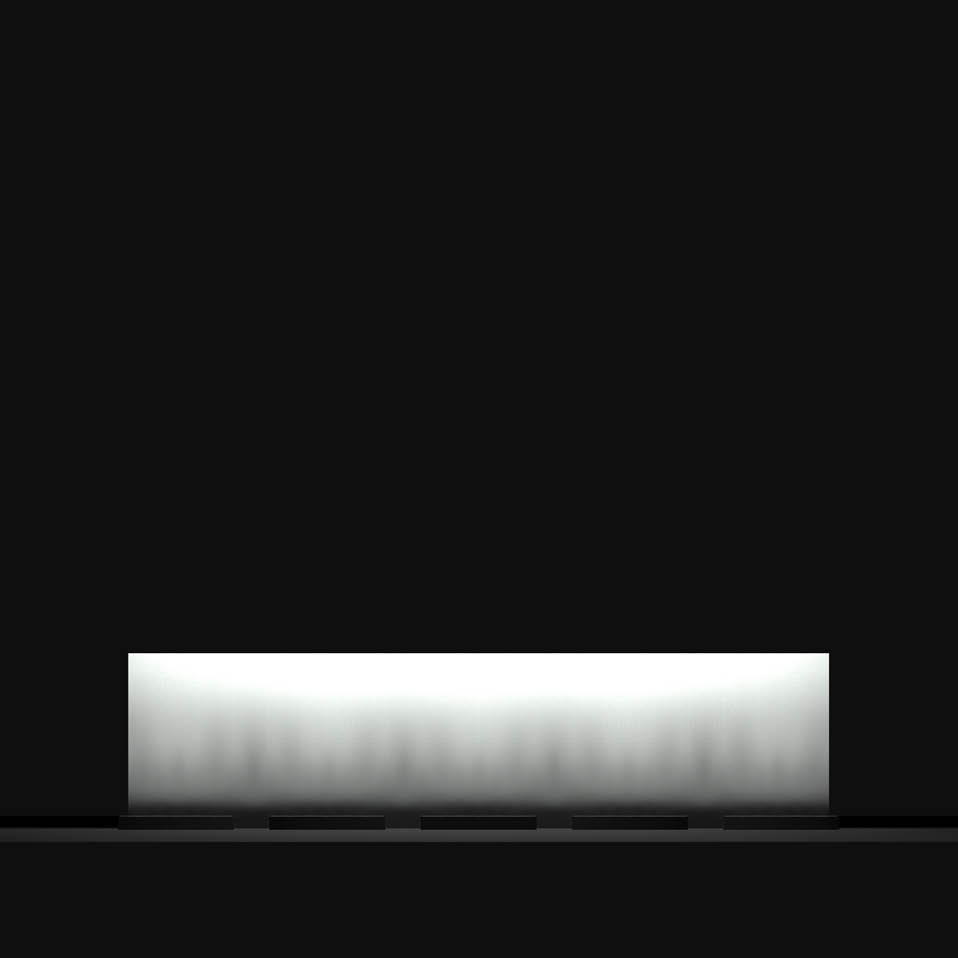
5' Wall
• Setback: 1.0' from wall
• Spacing: 1.0' jumper cable
• Average Illuminance: 9.4 Fc
• Max/Min Ratio: 6.1 : 1
Wide beam "Washer"
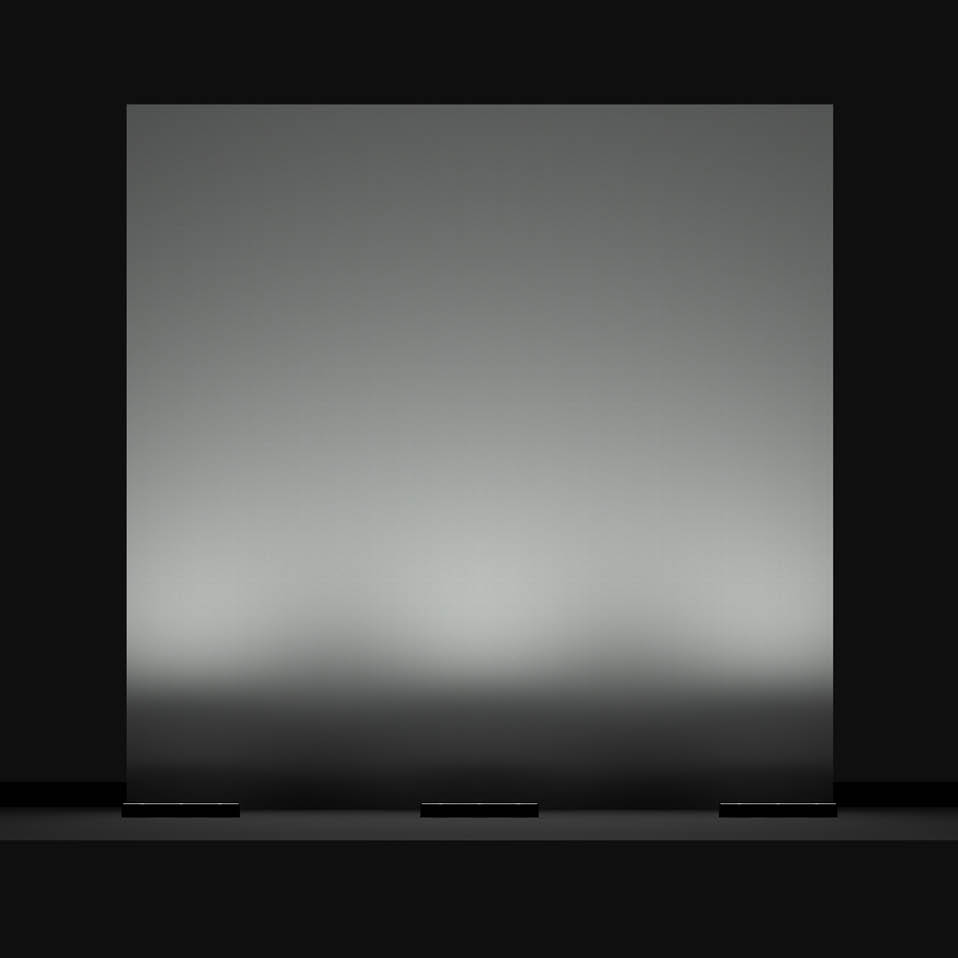
20' Wall
• Setback: 2.5' from wall
• Spacing: 5.0' jumper cable
• Average Illuminance: 4.5 Fc
• Max/Min Ratio: 5.5 : 1
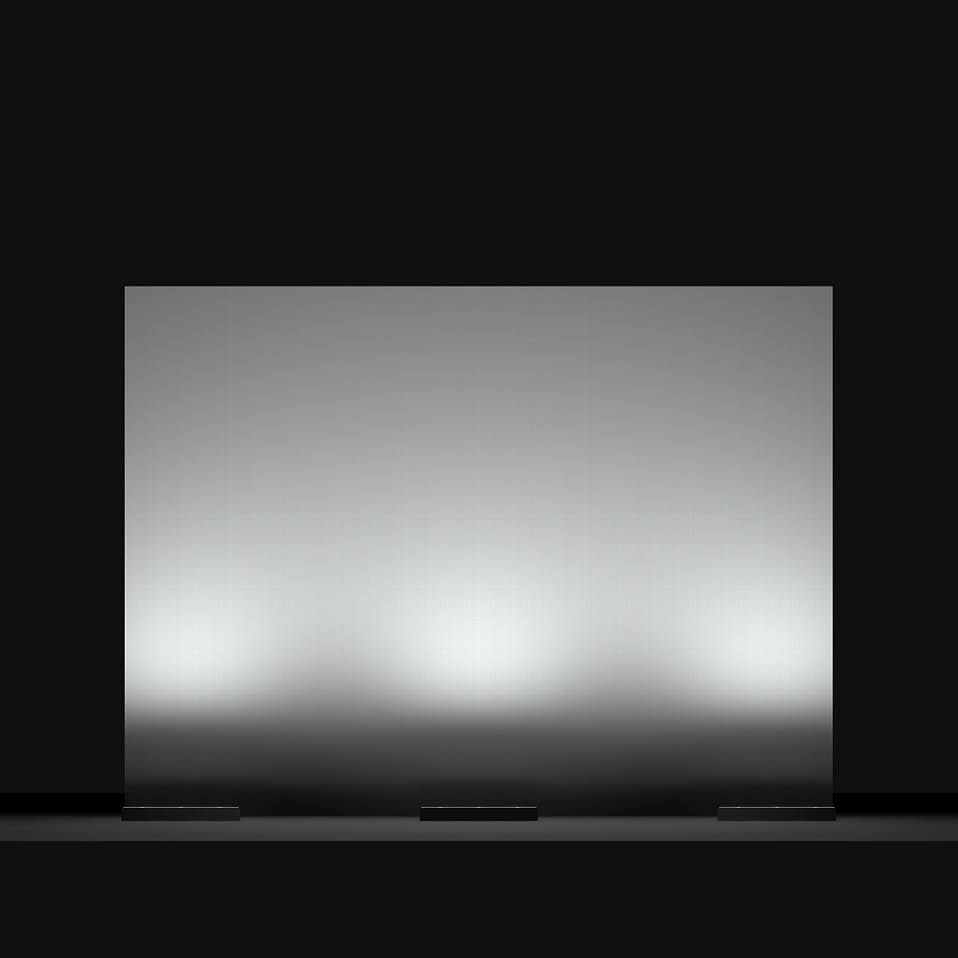
15' Wall
• Setback: 2.0' from wall
• Spacing: 5.0' jumper cable
• Average Illuminance: 6.1 Fc
• Max/Min Ratio: 7.5 : 1
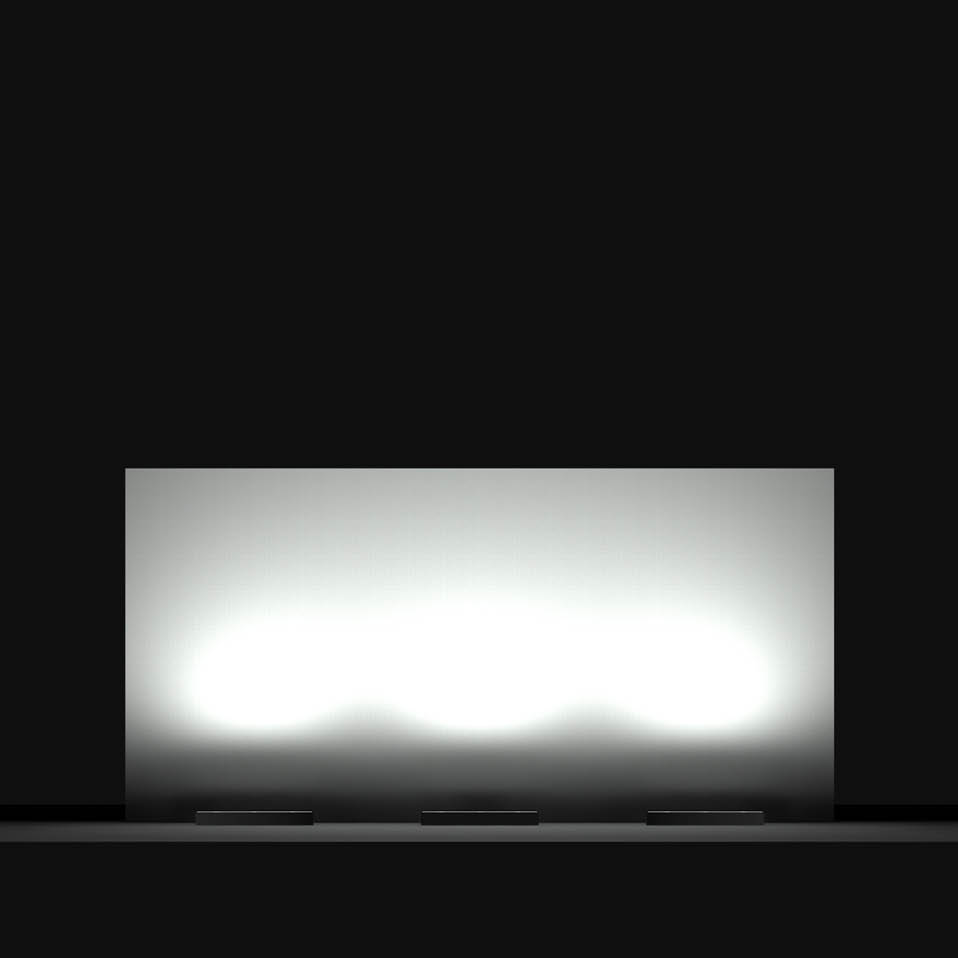
10' Wall
• Setback: 1.5' from wall
• Spacing: 3.0' jumper cable
• Average Illuminance: 11.0 Fc
• Max/Min Ratio: 6.0 : 1

5' Wall
• Setback: 1.5' from wall
• Spacing: 1.0' jumper cable
• Average Illuminance: 20.4 Fc
• Max/Min Ratio: 2.7 : 1
Asymmetric beam "Flood"
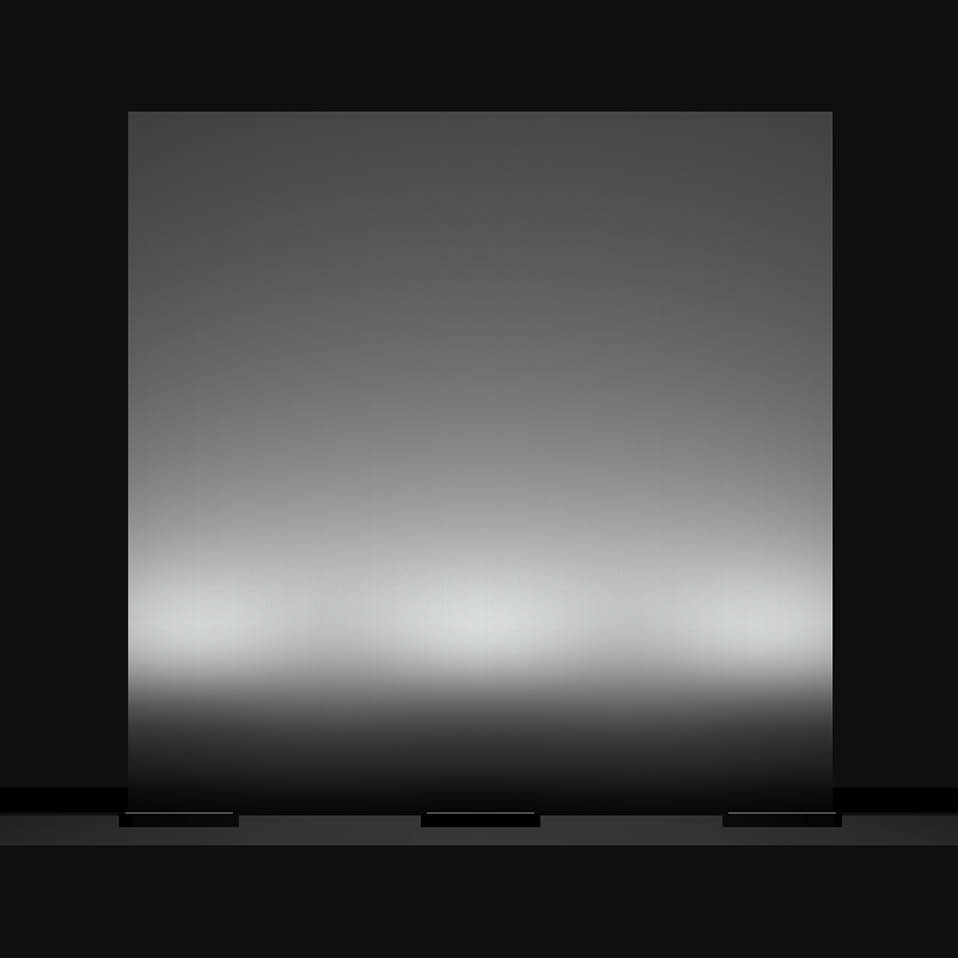
20' Wall
• Setback: 4.0' from wall
• Spacing: 5.0' jumper cable
• Average Illuminance: 9.0 Fc
• Max/Min Ratio: 16.4 : 1
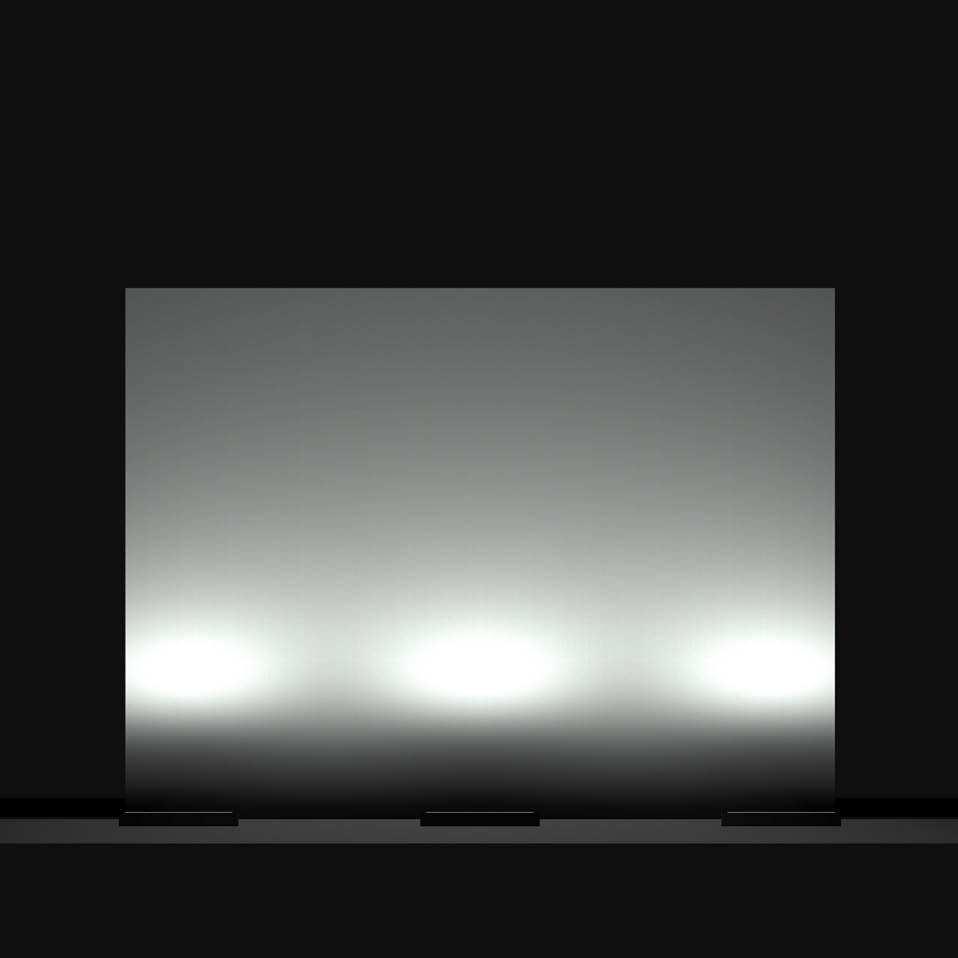
15' Wall
• Setback: 3.0' from wall
• Spacing: 5.0' jumper cable
• Average Illuminance: 12.7 Fc
• Max/Min Ratio: 13.0 : 1

10' Wall
• Setback: 3.0' from wall
• Spacing: 3.0' jumper cable
• Average Illuminance: 19.8 Fc
• Max/Min Ratio: 9.2 : 1

5' Wall
• Setback: 2.5' from wall
• Spacing: 1.0' jumper cable
• Average Illuminance: 51.5 Fc
• Max/Min Ratio: 3.2 : 1
Mounting versatility
The Façade Floodlight System can be mounted to horizontal surfaces shining up, horizontal surfaces shining down, and vertically facing out to illuminate surfaces of any orientation.
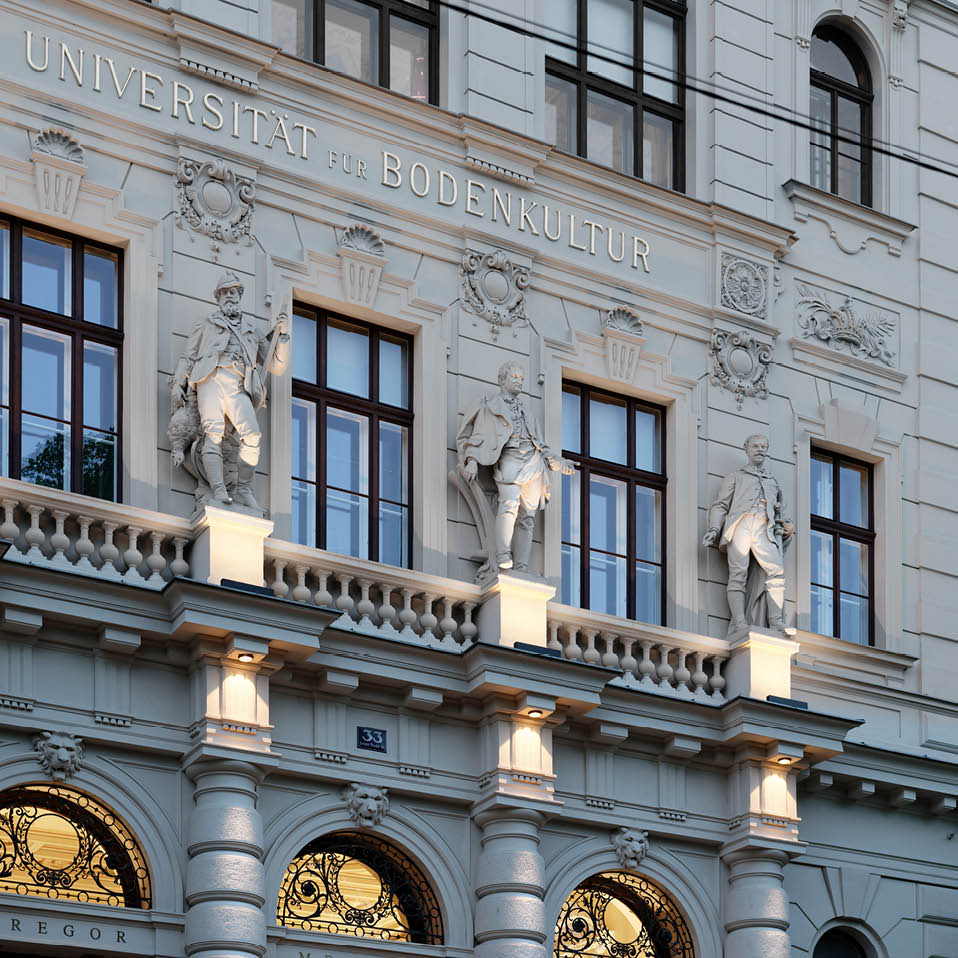

Ground mounted
Mount façade luminaires to a ground surface for a distribution that slowly falls off over multiple stories. This method enables quick access for aiming or maintenance.
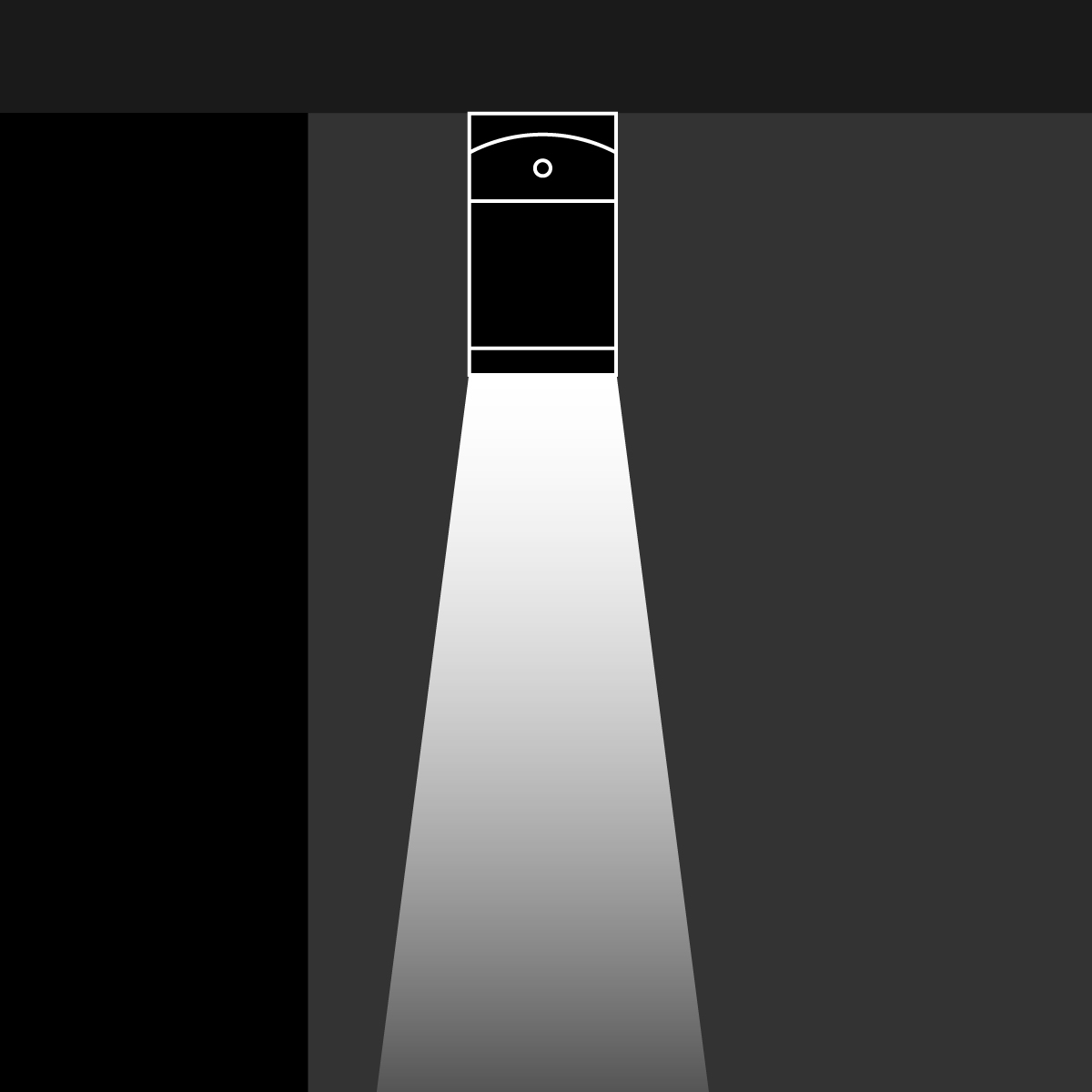
Ceiling mounted
To draw attention to the top of a façade or feature, the luminaire can be mounted to a ceiling or overhang and aimed down for a slightly different effect.
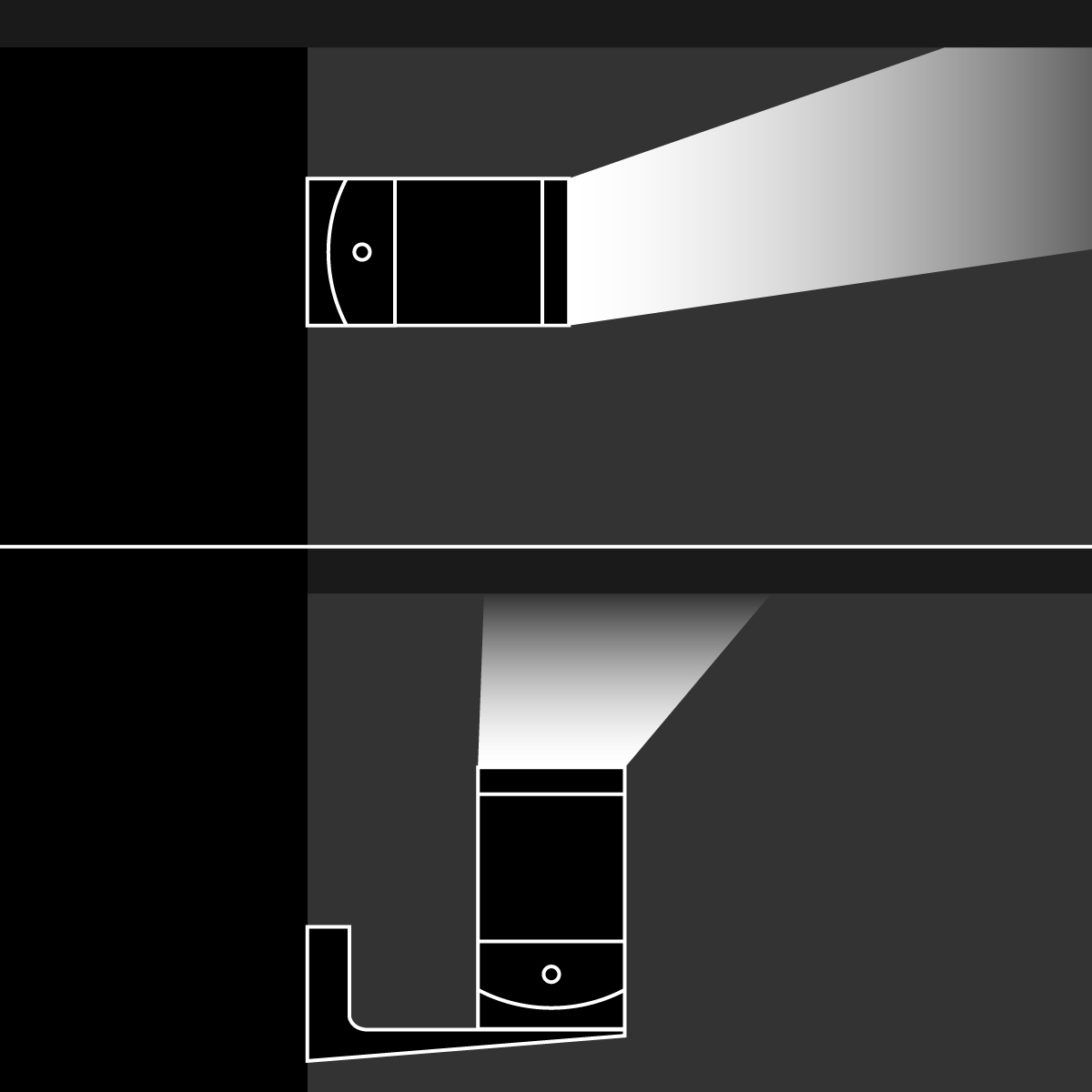
Wall mounted
The mounting base of the luminaire may also be attached to a wall surface and used to graze or wash a ceiling surface or overhang.
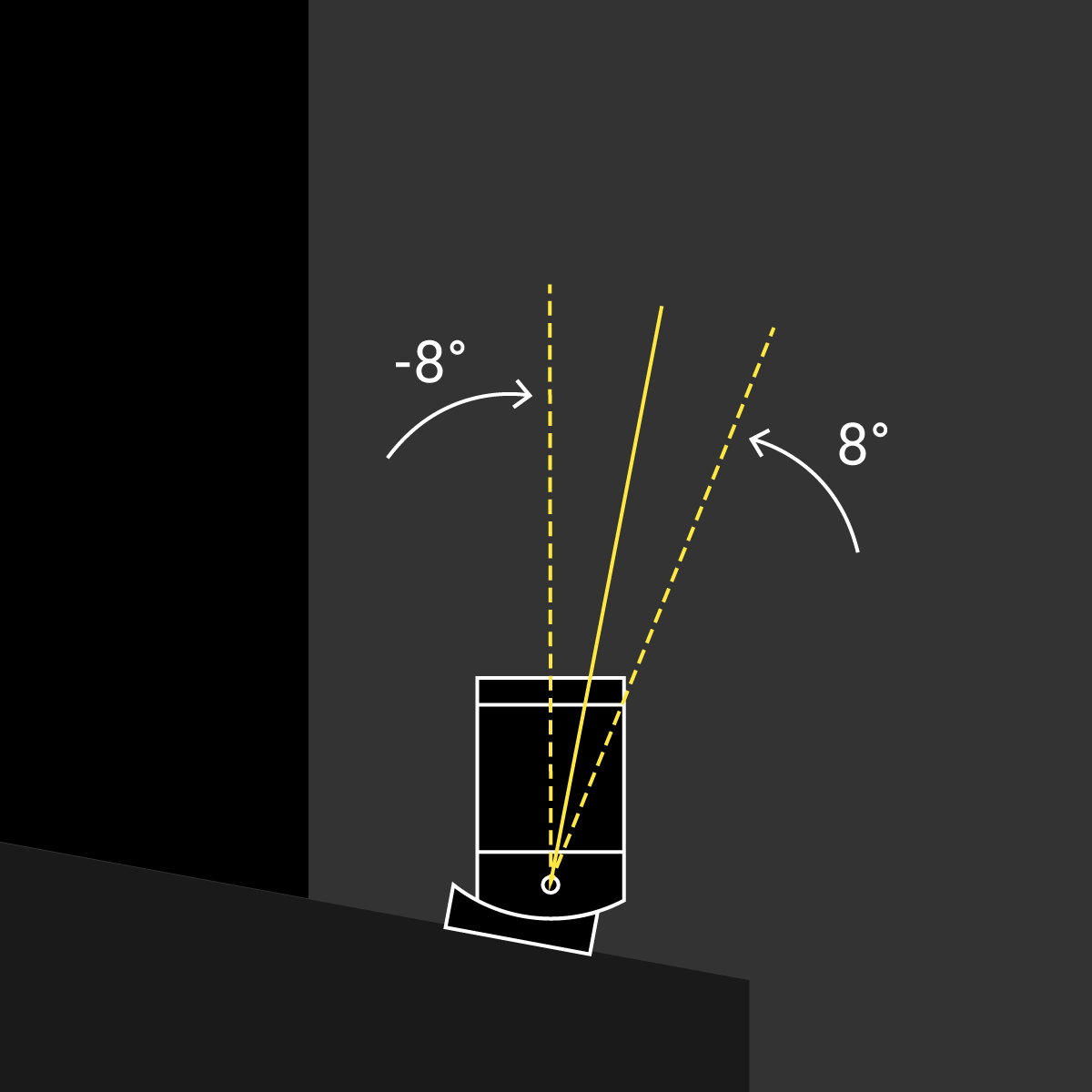
Tiltable base
The luminaire can be tilted up to 8° in either direction on the mounting base to fine tune the distribution and accommodate for uneven mounting surfaces.
Specifying the façade system
This innovative, efficient system was designed with both specifiers and contractors in mind. The 5-pole plug-in connectors make luminaire installation a fast and simple process.
Each system must begin with a leader cable to wire incoming power to the first luminaire in the circuit. Choose between two fixture lengths and three light distributions for the ideal luminaire in any application. Use jumper cables with simple plug connectors between luminaires to create continuous runs of light. Mount luminaires directly to ceiling or floor surfaces and adjust the aiming angle up to ±8° on-site.
Jumper cable connections are made inside the luminaire housing and protected from the elements and tampering.

Complete system configuration example
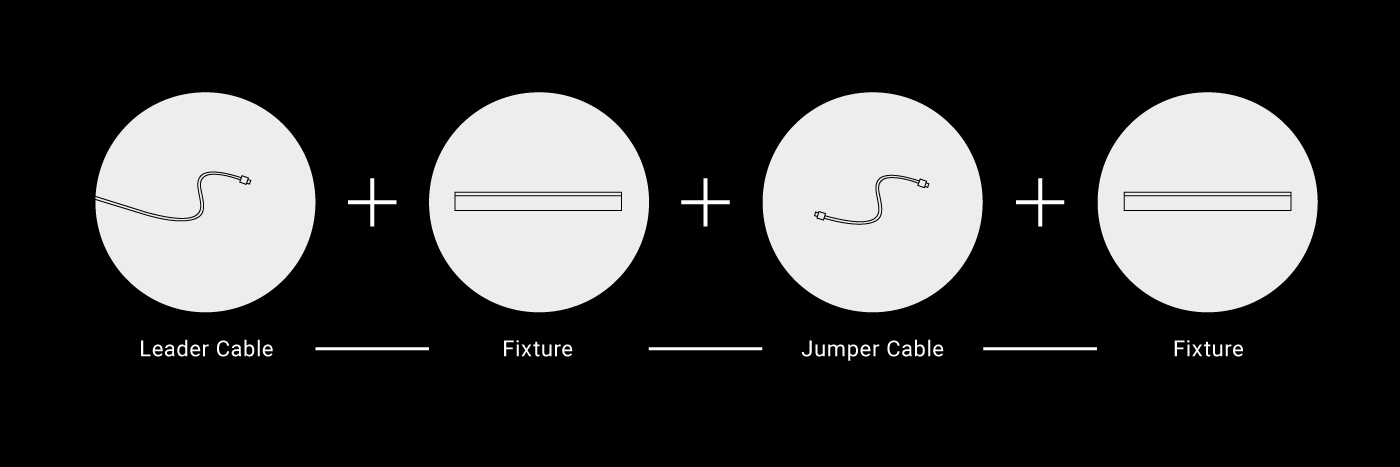
Complete system to order:
• (1) Leader Cable 77284
• (2) Façade Fixtures 77153
• (1) Jumper Cable 77285-ETE
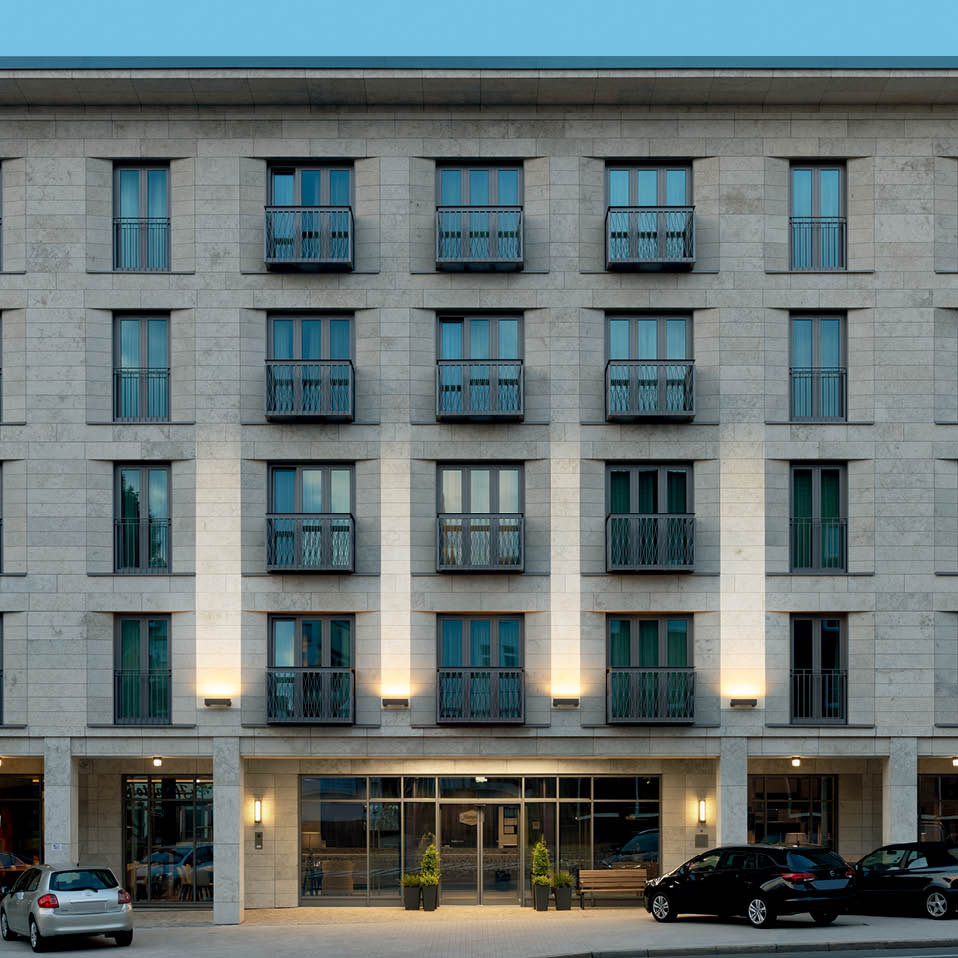
Explore the Family
Façade floodlights are special luminaires capable of creating various lighting effects. Designed to effortlessly illuminate façades, these versatile fixtures will enhance your lighting design. Explore this family of products and learn more about the design and technical specifications.
